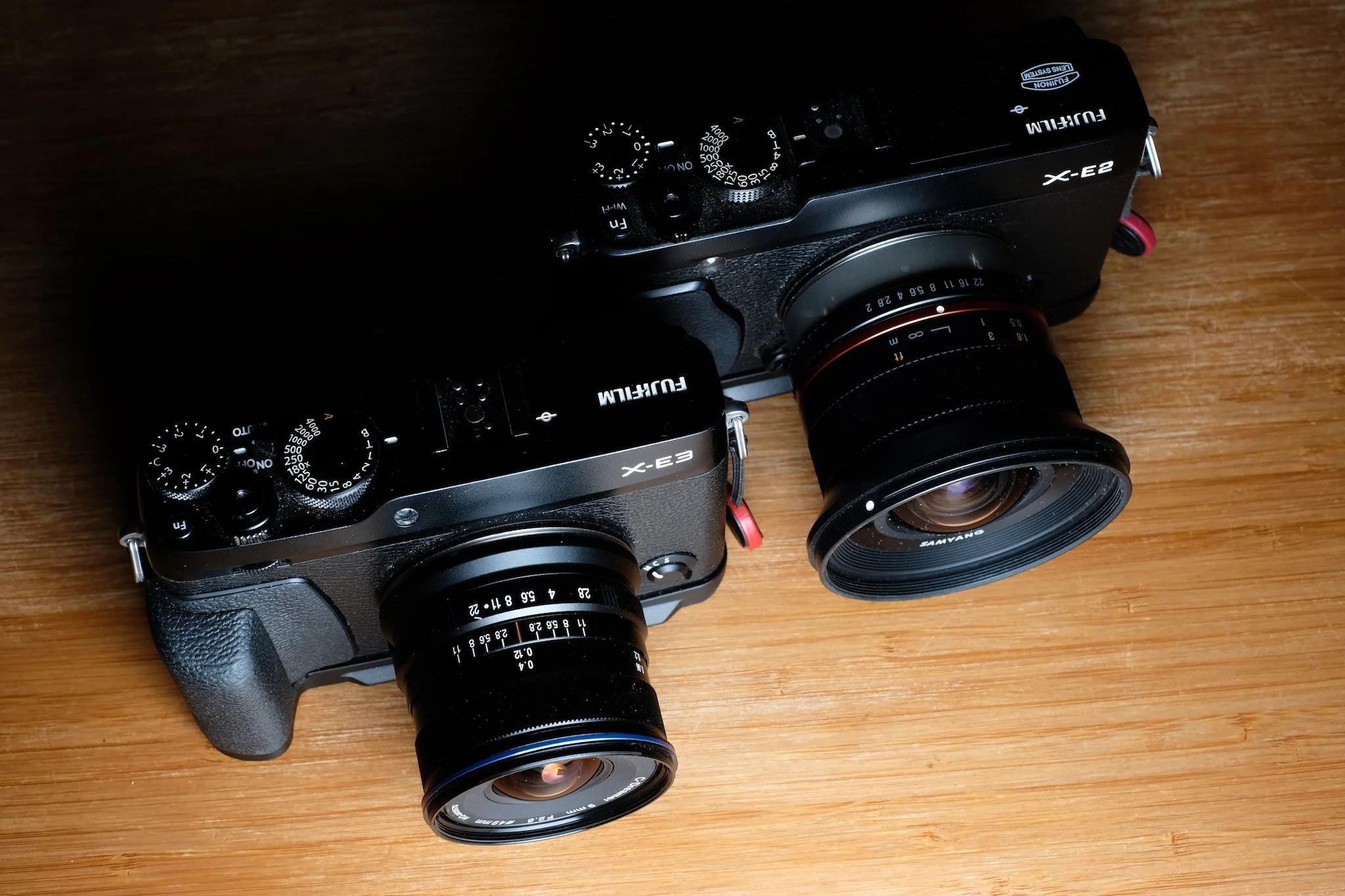Big view in small packages: Laowa 9mm C-Dreamer Zero D Lens
With the untimely demise of my Rokinon 12mm lens a month or so ago, and with the insurance payment for it coming through, I was on the lookout for a new wide angle lens for my Fuji system. While I had been using the Rokinon 12mm lens since first getting my X-E2 camera body, and it is a great little lens, I had always been on the lookout for something with a little more width. And I had seen that recently a company called Venus, under the Laowa brand, had released a new wide lens for APS-C cameras ( which includes the Fujifilm X mount range ) which had a focal length of 9mm. This focal length is the equivalent in field of view to a 14mm lens on a full frame camera, and this is a focal length that I know well having used a 14mm Samyang lens on my Nikon D800 for the last few years.
So with that I decided to buy the Loawa 9mm f2.8 lens to replace my 12mm Rokinon, and ordered it from my good friends at Photogear in Auckland for NZ$839.
It arrived in the post on Monday, after a bit if a delay because this lens is only just becoming available in shops, and so I thought I would do a quick, non-technical review for anyone looking at getting this lens, or looking for a ultra wide angle lens for their APS-C camera.
I will be comparing this new lens to the 12mm f2 Rokinon / Samyang ( the same lens gets branded under various names, but is still the same lens ), so for the first comparisson the Rokinon lens costs NZ$550.
Out of the Box
So the lens arrived in a nice little box with instructions, warranty cards etc, as you would expect with any new lens. The one odd thing about the lens packaging is that the lens is vacuum sealed in a plastic bag ( for extra freshness maybe? ), so it requires putting a knife or scissors in close proximity to the lens to get it out... which made me a little nervous.
The lens itself is made of metal with a metal mount to the camera, and feels nice and solid. But the most striking thing about the lens is how tiny it is. Especially compared to other wide lens options for the Fujifilm system ( 12mm Rokinon / Samyang or 10-24 Fujifilm lenses being the most common ) it doesn't even look like a wide angle lens. I don't own the 23mm f2 Fujifilm lens for comparison, but I have seen photos that show the Laowa 9mm is smaller than that lens.
The lens has an aperture ring near the camera, with slightly clicked aperture settings at f2.8, 4, 5.6, 8, 11 and 16, but no clicks between these apertures. The clicks on the aperture ring are so minimal that I found it hard at times to feel them when turning the ring.
The focus ring is at the outer end of the lens and is slightly over damped and doesn't turn easily, but is smooth and feels precise. The focus ring also turns in the opposite direction to the normal Fujifilm lenses ( and the Rokinon 12mm ) which will take some getting used to, and it has distance markings at 0.12m ( closest focus distance ) 0.2m, 0.5m and then infinity. The gap on the focus ring between infinity and 0.5m is very small, but that reflects that this is a wide angle lens, and according to the depth of field scale on the lens at f2.8 the lens will be in focus from 0.5m to infinity, so not a lot of point worrying about focusing between those 2 distances. Normally when I am using my wide angled lenses I leave them at infinity anyway.
Due to the size of the lens there are only 2 small areas of the lens barrel that are able to be gripped to mount / dismount the lens; one between the aperture and focus rings ( which is recessed slightly ) and the chamfered piece between the aperture ring and the mount itself. I don't have overly big fingers but I found neither of these areas easy to grip and turn the lens without moving the focus or aperture rings at the same time.
The lens also comes with a nice little metal lens hood, although I am not sure how much use it would be as it doesn't seem big enough to provide a lot of shading for the lens. I don't tend to use lens hoods that much, so it doesn't really bother me too much whether it works or not.
The only other notable thing physically about the lens is the blue ring that runs around it; it doesn't really fit with the look of the lens / Fujifilm camera combo, and in some ways actually makes the lens look a bit cheap / gimmicky in my view.
Generally the lens feels really nice in the hand, and almost has a vintage lens feel to it.
Tech stuff
Here are the brief tech specs for the lens:
Focal Length 9mm (13.5mm @ 35mm equivalent )
Max. Aperture f/2.8 ( min f/22 )
Angle of View 113°
Lens Structure 15 elements in 10 groups
Aperture Blades 7
Min. Focusing Distance 12cm
Max. Magnification 1:7.5
Filter Thread 49mm
Dimensions 60 x 53mm
Weight 215g
The interesting things of note in this list is the close focus distance ( remembering that this is measured from the sensor to the object ) of 12cm, which gives a distance from the object to the front of the lens of about 7cm, the weight at a tiny 215g, the massive wide angle of 113° and the odd filter size of 49mm. Again in comparison the Samyang 12mm has a close focus of 20cm, weighs 260g, a field of view of 99° and a filter size of 67mm.
So the Laowa 9mm is smaller, lighter, wider field of view and focuses closer than the 12mm Samyang, but on the down side has a maximum aperture of f2.8 vs f2.
The other selling point of this lens ( and it is in the name of it ) is the Zero-D or zero distortion qualities. In my brief test it certainly does't show any unusual distortion which can often be found in wide angle lenses ( like the Samyang 12mm which turns flat horizons into a handlebar moustache shape ), so I think it would work well for architectural type photography. Or photos of brick walls if that is what you do.
Performance
I have been using this lens for a week, getting used to it's strengths, weaknesses and quirks, and below are some photos that illustrate what this lens can do ( good and bad! )
First a comparison of the field of view between the Laowa 9mm, Samyang 12mm and Samyang 8mm fisheye ( l to r )
And another couple of comparison shots between the Laowa 9mm ( top ) and the Samyang 12mm ( bottom ). Both of these were shot at the same spot and pointed at the centre of the stand. Note my shadow in the 9mm shot; it is a struggle to keep shadows and feet out of a shot taken with a 113° field of view.
General wide angle shots. The angle is certainly wide, and the colour rendition of the lens is very nice too.
A couple of sun star shots; now this is where the problems occur. The star burst itself is cool ( and is visible from f8-f22 ) but the lens flare is horrible, shows up no matter where the sun is in the frame, and is hard to get rid of in post.
One of the reasons I bought this lens was for architectural photography work, and the lack of major distortion is certainly a big selling point. I took a few 'architectural' shots to test it out. Note in the interior photo that all 4 walls of the room are visible in the shot with the 113° field of view
I managed to get out last night to shoot some astro shots with the lens ( I wouldn't normally try to shoot astro with a nearly full moon but.. ) and the results seem good. I was pretty happy with the results; there is a little bit of coma 'smearing' on the stars to the top left, but overall the images look nice. And as an added bonus the lens seems to focus at infinity at the hard stop at the end of the focus throw. Again you can see the lens flare from the bright moon in the second shot.
And a few close up shots with some examples of the bokeh of the lens as well. It is interesting the angle you can get when getting close to an object with a wide lens like this. It didn't surprise me that Laowa would make a lens that could do this, as one of their other lenses is a 15mm Macro lens. To show how close it can focus the last photo shows the setup of the camera / object for the photo above it.
The bokeh from the lens at f2.8 is quite pleasing
Conclusions
So after a few days with the lens I can say:
LOVE:
the width of view; just what I was looking for
the size / weight of the lens; an awesome travel wide lens
the close focus distance; for some interesting shots
the build quality; feels nice
the lack of distortion in the shots; one reason I bought this was for architectural photography
HATE / DISLIKE
that lens flare; this is an issue when I shoot a lot of sunrises / sunsets and silhouettes
the silly lens hood; it does nothing useful
the 49mm filter thread; another adapter ring I need to buy to use filters on it
the layout of the focus / aperture rings; there is nowhere good to grab the lens when mounting it on the camera, so I always wind up changing aperture / focus in the process.
None of these issues is enough for me to not use the lens, just things that could have been better.
This lens is going to be great for architectural and general landscape / travel photography, as long as the sun is not in the shot.
So unfortunately it is not the holy grail of wide lenses for the Fujifilm system, and I am looking to buy another 12mm Samyang lens at some stage to use when this lens isn't suitable.
Hopefully v2 of this lens will fix the flare issue and then it will almost be the perfect landscape wide angle lens for me.
UPDATE: after 6 months using this lens it is still working well, and other than the issues I talk about above I have no problems with this lens.
I have added some more photos from this lens below





























